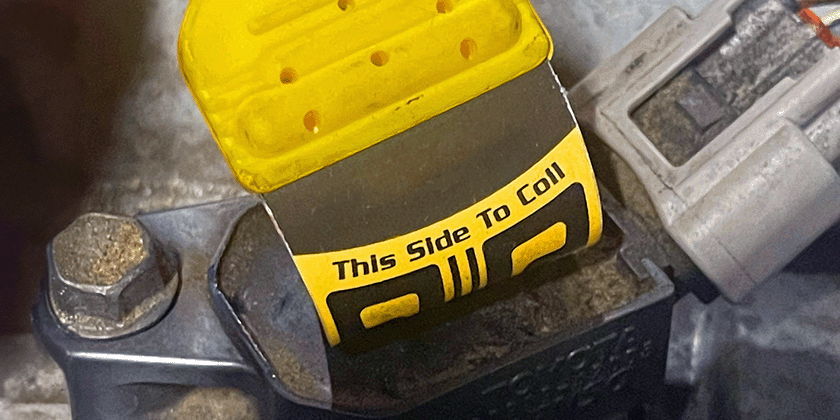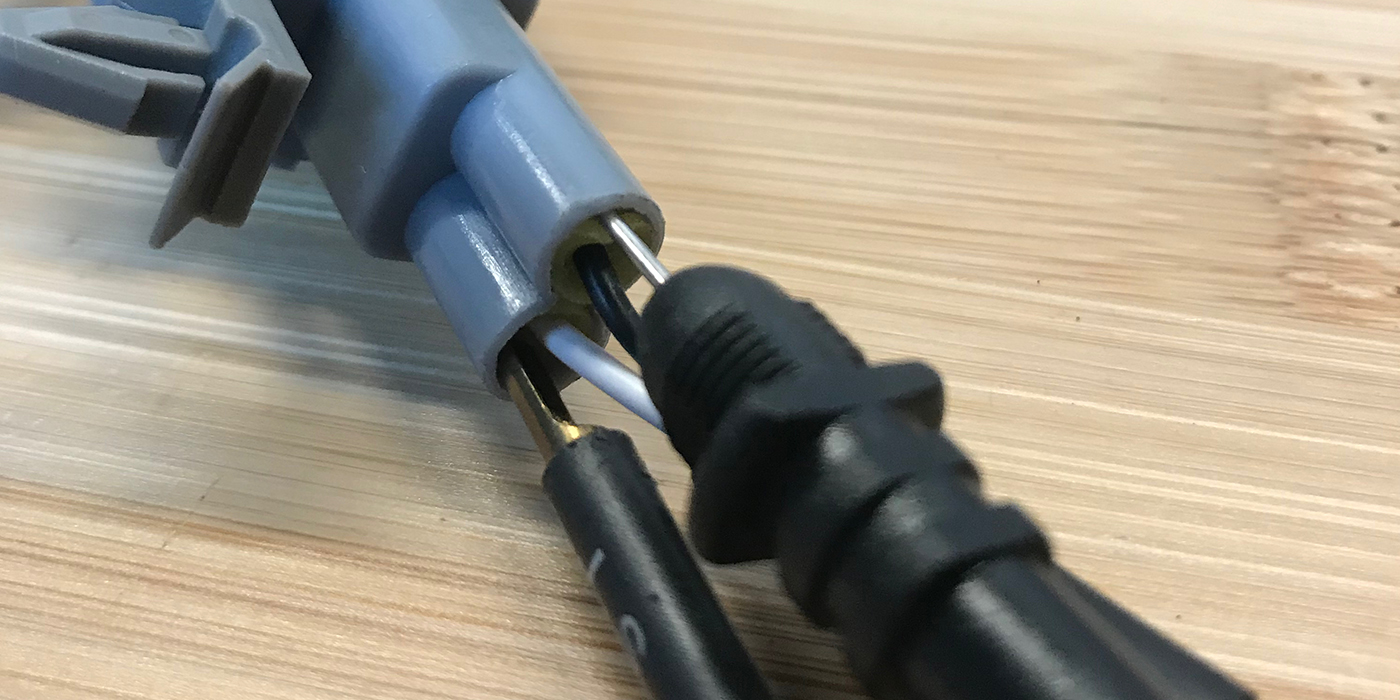Models: 2005-’06 (KJ) Liberty/Cherokee (International Markets) and (ND) Dakota
Note: This bulletin applies to vehicles equipped with a 3.7L engine (sales code EKG).
The customer may experience occasional engine misfire at idle (rough idle). The malfunction indicator lamp may illuminate for single or multiple cylinder misfire.
Diagnosis
1. Place the vehicle in park or neutral.
2. Using a StarSCAN or DRBIII, monitor which cylinder is misfiring. Cylinder #3 is the most likely cylinder to have idle misfire. A cylinder on the opposite bank very rarely may exhibit a misfire at idle.
Note: When monitoring which cylinder is misfiring, counts should be above 10 per minute.
3. Record misfire counts for 1 minute.
4. Rev the engine up to 3,500 to 4,000 rpm and release; do not hold the engine at the elevated rpm, let it come back down to idle.
5. Monitor the cylinder misfire count for one minute. If the misfire rate does not reduce to less than five per minute then repeat Step 4 and re-monitor up to 10 times.
6. If the misfire rate does reduce to less than five per minute, perform the Repair Procedure. If the misfire rate does not reduce to less than five per minute after repeating Step 4 10 times, this bulletin does not apply and further diagnosis is required.
Repair Procedure
1. Replace all intake valves and valve locks of the cylinder head that has the misfiring cylinder. Both cylinder heads must have the locks replaced.
2. Repeat Steps 1 through 5 of the Diagnosis, monitoring all cylinders for misfire after the repair work is completed.
3. A cylinder on the opposite bank very rarely may exhibit a misfire at idle. If the opposite bank now has a misfire, then the new keepers have allowed a non-rotating valve with uneven wear to rotate and induce a misfire. In this case the intake valves on this head must now be replaced.
Qty. Part No. Description
12 53022277AA Valve Lock
AR 6 53020747AB Intake Valve
AR 2 53020989 Head Gasket
AR 1 53013932AB Exhaust Manifold Gasket (Right)
AR 1 53013933AB Exhaust Manifold Gasket (Left)
Courtesy of ALLDATA.













